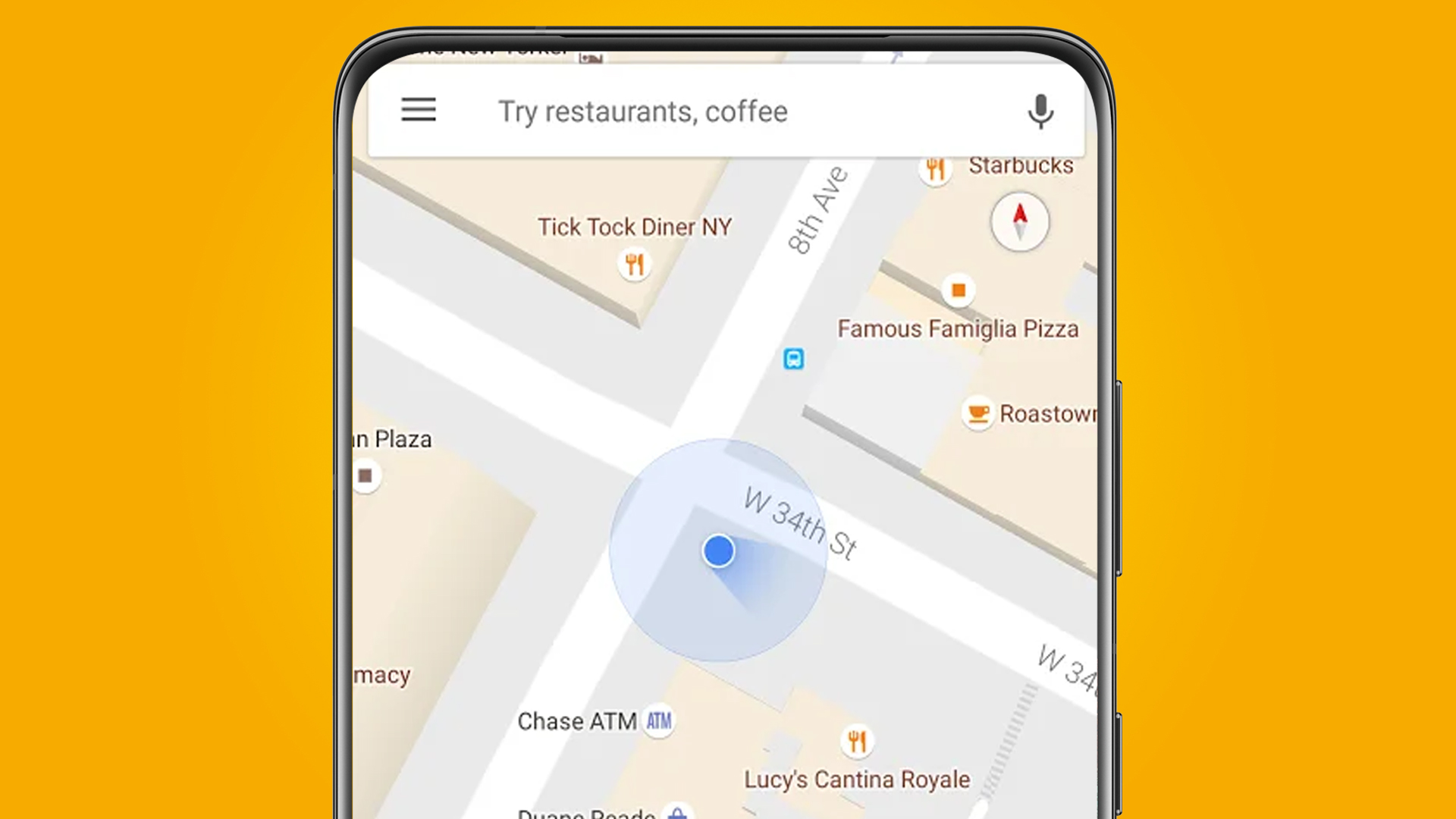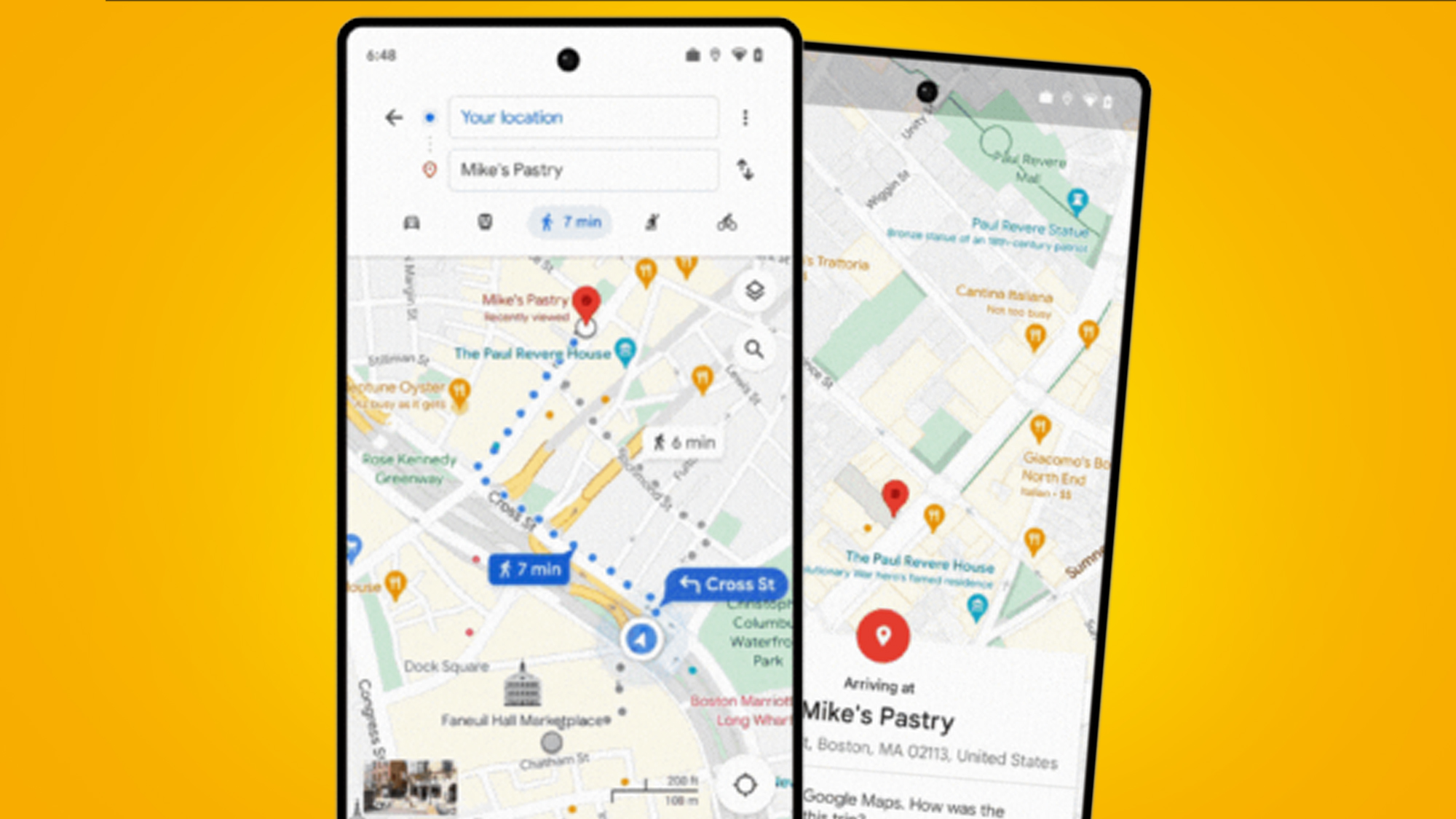Google Maps could soon get better at knowing which direction you're facing
No more spinning around in the street?

Fancy Google Maps features like Immersive View are all well and good, but sometimes you just want the basics to work a bit better. Fortunately, a new upgrade for Android phones is going to help with a common Maps bugbear – your phone getting confused about which direction you're facing.
A new post in the official Android Developers blog (via 9to5Google) describes a powerful new API for Android phones called Fused Orientation Provider (or FOP), which promises to finally deliver "consistent device orientation for all".
Your Android phone relies on "device orientation" for lots of things, including augmented reality and its compass. But one of the most common use cases is helping show you which direction to walk in when you're late for a restaurant reservation in a new city.
Google Maps and other navigational apps still let us down here, leaving us spinning around in confused circles while we try to work out whether to trust the blue dot and its directional beam. But FOP is promising to provide "consistent device orientation" by "fusing signals from accelerometer, gyroscope and magnetometer".
While Google Maps on Android already uses this API, the developer post says that Google "recently added changes to better cope with magnetic disturbances, to improve the reliability of the cone for Google Maps" and third-party apps.
Fortunately, this should also improve the experience regardless of which Android phone you use, as it's been designed to compensate "for lower quality sensors and OEM implementations". So whether you own a Google Pixel 8 Pro or another of the best Android phones, you should soon see Google Maps and other map apps start to become less confused about the direction you're facing.
Leading the way

Despite massive improvements to smartphone hardware in recent years, this 'device orientation' issue has been a tricky one to solve in major urban areas due to the limitations of GPS and compasses.
Sign up for breaking news, reviews, opinion, top tech deals, and more.
That's why it's still pretty common for the Google Maps blue dot and its directional beam to confidently lead you in the wrong direction in densely populated urban spaces, particularly if there are local magnetic disturbances.
While the new FOP API is more of an under-the-hood Android upgrade than an official update, it should improve your phone's understanding of the direction you're facing in Google Maps and in other Android navigational apps.
The Android blog says that developers get "frequent user complaints when orientation is incorrect", showing that it's still a common issue – and it's good that FOP is even able to make improvements in phones with lower-quality sensors.
With Waze also recently adding some useful driving alerts to tempt you from Google Maps, it shows that there's still room for our map apps to make sizable improvements – even though Google Maps arrived on phones way back in 2006.
You might also like

Mark is TechRadar's Senior news editor. Having worked in tech journalism for a ludicrous 17 years, Mark is now attempting to break the world record for the number of camera bags hoarded by one person. He was previously Cameras Editor at both TechRadar and Trusted Reviews, Acting editor on Stuff.tv, as well as Features editor and Reviews editor on Stuff magazine. As a freelancer, he's contributed to titles including The Sunday Times, FourFourTwo and Arena. And in a former life, he also won The Daily Telegraph's Young Sportswriter of the Year. But that was before he discovered the strange joys of getting up at 4am for a photo shoot in London's Square Mile.